Learn more about the wines of Rioja as Round and About’s wine columnist shares his thoughts on the best red and white Riojas on the UK market
Hello. A game I like to play sometimes is wine keywords – I’m too old for an Xbox, and I don’t drink enough port to be good at bridge. The aim of the game is to encapsulate a wine region’s history in as few words as possible and have people guess where you’re talking about. Trust me, this goes down a storm with men of a certain age with model railways and a subscription to Decanter!
So, Bordeaux could be, ‘British-owned. British invented. British drunk while Champagne could be ‘Monasteries. War. Billionaire brands.’ Which region, though, would be, ‘Bugs. Trains. A fascist’.
It is none other than the beloved region of Rioja, which is the subject of my latest ode to wine.
The Wines Of Rioja: A Very, Very Brief History
Wines have been produced in Rioja in northwest Spain for donkey’s years. The Romans introduced viniculture here, and the wines enjoyed an excellent local reputation. The wines came to international prominence in the 1850s when phylloxera – a root-chewing bug – devastated much of France’s vineyards, most notably in nearby Bordeaux. Bordeaux winemakers in need of work decamped to Rioja, bringing expertise in the use of oak, amongst other things, and helped take the wines to a whole new level.
Around this time, the railway finally reached the wine towns of Haro and Logrono. This meant that Rioja could be transported easily to the rest of Spain and the ports, which have them access to international markets.
Owing to the world wars and the Spanish Civil War, the region fell on hard times in the early part of the 20th century, and it was only with the rise to power of Franco that its fortunes were restored. Franco was mad about wine and wanted to see Rioja take its rightful place on the world stage. In one of his (extremely rare) good deads, he helped ensure that the wines were produced to high standards and became sought after again.
Rioja Today: New Classic Wines
Today, Rioja is rightly regarded as one of the great wine regions of the world. Its capacity for value is unrivalled, and there’s a surprising level of diversity in the nature and styles of wine, between the traditional and the modernist. In this article, I will offer you the benefit of my 30-odd-year obsession with this beautiful, complex, generous wine region, which I hope will whet your appetite for these extraordinary wines.
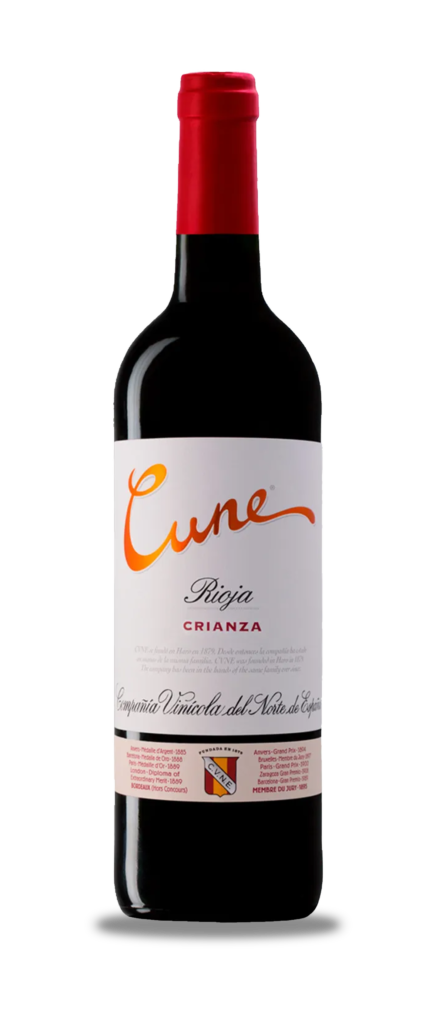
Let’s begin with the wine that started my love affair with Rioja, the Cune Crianza (Sainsbury’s £9). I first encountered this as Harrods’ Rioja when a Spanish colleague Carlos recommended it as a star staff buy. He wasn’t wrong. To this day, I can remember it. As someone who’d been brought up on Bordeaux and wines from the Midi and the Rhone, this was a revelation. A wine packed with exuberant red and blackberry fruit, spices, citrus peel, and creamy vanilla, it was as if I’d been drinking black and white wines, and this was my introduction to colour. I had the 2018 last night and found it just as diverting as I did all those years ago.
Next are two whites. White Rioja was, for the longest time, something that was best avoided. The Riojans’ idea that wood was good, so more wood is better, worked well (to an extent) with the reds, but for whites, it was often folly. A familiar tasting note for white Rioja in the 1990s was, ‘Smells of old chip fat, colour of old chip fat, tastes of… old chip fat.’ Happily, those days are gone, as these two contrasting corkers show.
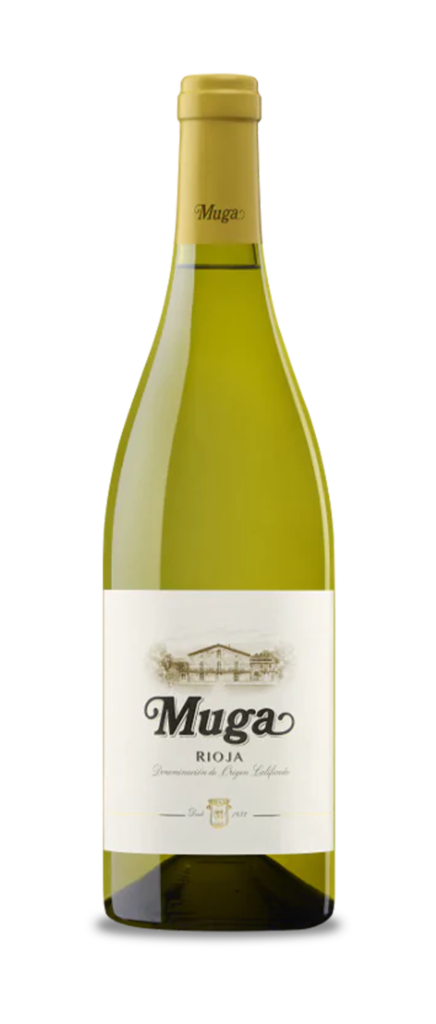
The Muga Blanco (Majestic £12.99) is a modernist interpretation and is bottled summer. A blend of mainly Viura and Malvasia, the nose is bright, full of apple blossom, pears, and a hint of honey. In the mouth, it’s clean and delicate, yet the persistent fruit notes of pears, honeydew melon, apricots, and tangy gooseberries give it oomph.
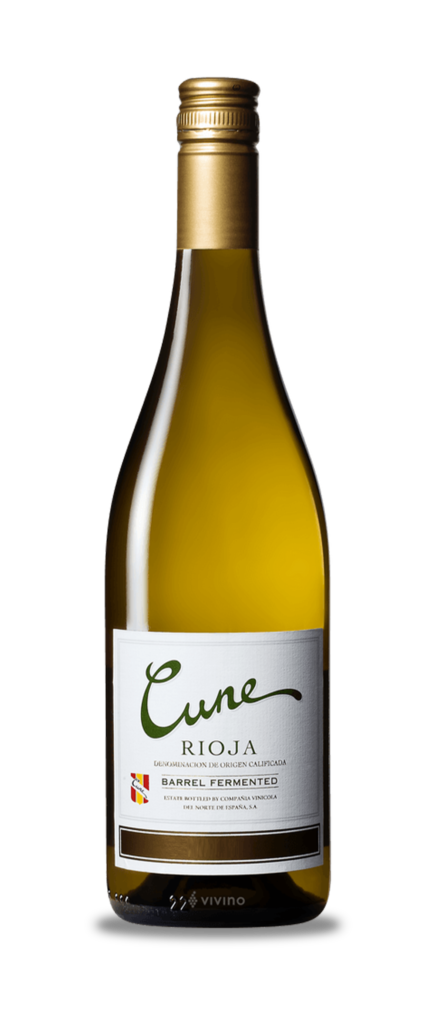
By contrast, the Cune Barrel Fermented Rioja Blanco (Waitrose £10) is an altogether more rounded, richer, mellow, traditional iteration. This is one of my favourite white wines, and I must have had close to 30 different vintages. The consistency is remarkable, and it never fails to please. The latest vintage has the same ripe, soft mouthfeel and generosity of fruit I’ve come to expect, but this time out, there’s a nutty edge to buttery peach, apricot, and green apple fruit. A great wine for summer sipping.
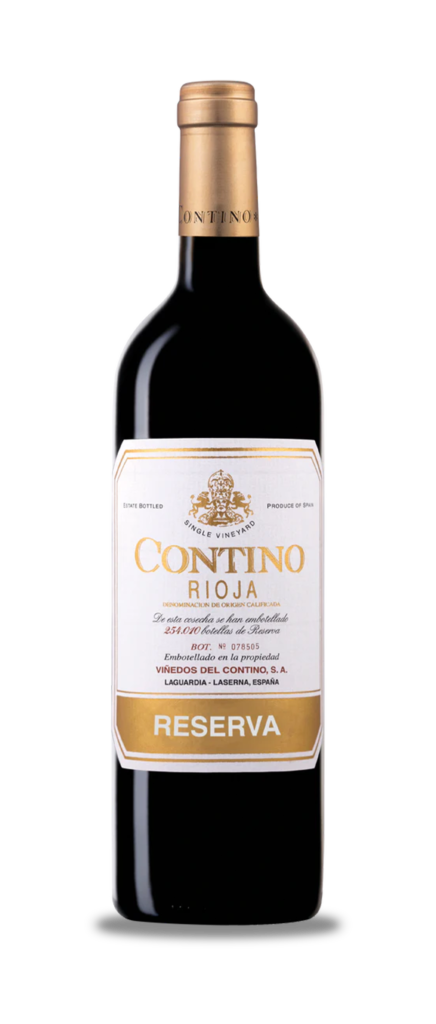
I mentioned my adoration for the wines of Contino in my last column, and I make no apology for mentioning one again this time. This time, it’s the Contino Reserva 2017. You can often tell a lot about the quality of wine and the vintage by the wine’s classification. In Germany, higher levels of sugar are revered and in rare vintages, you get the mighty trockenberenausle, which has so much sugar in grapes that it can take months to ferment and end up with 6 or 7 degrees of alcohol. In Champagne, it’s if a wine is vintage or not, and in Rioja it’s about the level of oak ageing the wine can sustain. Categories such as Crianza, Reserva, and Gran Reserva all have pre-release ageing requirements in barrel and bottle, and as a crude rule of thumb, the more it can take, the better the wine is and the higher its designation.
The Contino Reserva 2017 (Noble Green £22) is an outstanding glass of wine. 2017 was a ‘challenging’ year – in the same way that nailing water to a wall with a hammer made of ice is challenging – yet by virtue of having a sublime vineyard and uncompromising winemakers with exceptional skill, they have turned out a sumptuous wine.
The nose in an inviting blend of smoked black fruit, tapenade, and cranberries. The voluptuous palate is medium-bodied, full of brambles, strawberries, hints of chocolate and raspberries, and a good helping mixed spice. As hard and angular as a bubble bath in a paddling pool, this won’t make seriously old bones, but it’s seriously good now.
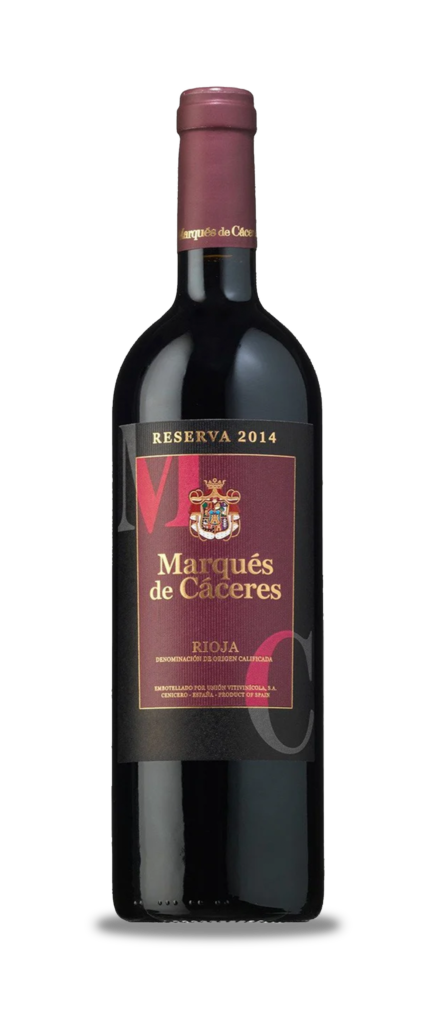
Marqués de Cáceres is one of those Rioja brands – like Campo Viejo – that seemed to lose their way some years ago. For the longest time, their red, white, and rosé wines were a supermarket staple, and while they were OK for the money, that’s all they were. Today, they are back in a big way. Flagship wines like Gaudium are well worth their £40+ price tag. For rather more modest money, the Marqués de Cáceres Reserva (Majestic £12.99) is deep joy. This is the old-school Rioja. High extract with lots of dried blackcurrants, plums, warm spices, vanilla, and orange peel; this is perfect for red meats and hard Spanish cheeses.
Generally speaking I don’t tend to go for Gran Reserva wines. Rioja’s – unfair – reputation as wood aged in wine stems from this style. Eager to use the impressive designation, too many industrial producers have subjected wines that didn’t have the fruit of the extract to carry such a weight of oak, and the results weren’t great.
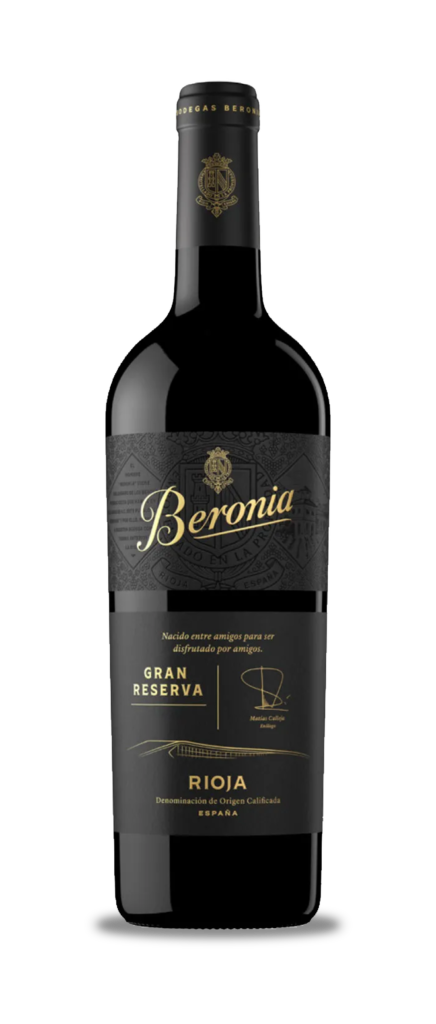
When done well, however, Gran Reserva Rioja can be glorious. Take the Beronia Gran Reserva 2015 (Majestic £21). Hailing from a great vintage, even after 28 months in cask, it remains deeply coloured, with a bramble, red cherry, and plum scented nose. In the mouth the fruity continues to take centre stage, with layer-upon-layer of black and red berries rounded off by creamy oak. Great now, this has a long future.
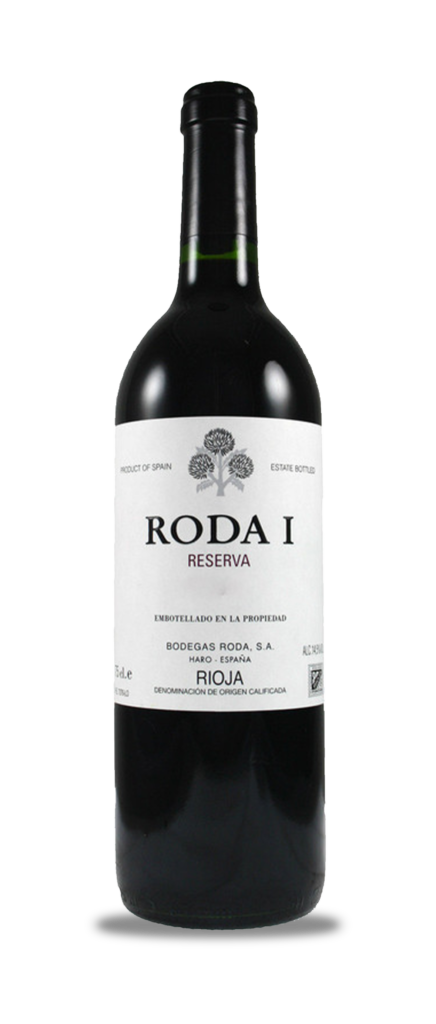
Roda may not be a winery you’re familiar with, but in the course of 30-odd year life, it’s taken Rioja by storm. Roda is the picture of modernity in a traditional region. They restrict the amount of oak, favour French (subtler, more expensive) over American, use cooler fermentation temperatures, and aim to bring a subtle expression of Rioja to life. The resulting wines are fascinating, combining traditional flavours with an arresting delicacy of approach. The Roda 1 2016 (Master of Malt £29.95) offers a great introduction to these beguiling wines.
Still with me? Good, only two to go, and what a pair…
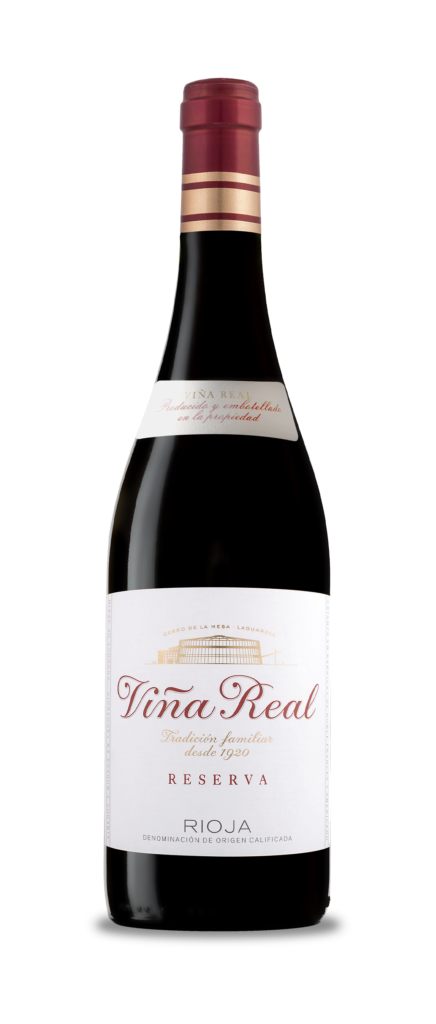
Vina Real is another traditional wine, but there’s a delicacy and a flair to their wines that I’ve always loved. My latest encounter with this noble wine was the Vina Real 2016 Reserva (Tanners £21.50). This is a red berry and spices wine. The colour is paler than some thanks to four years in barrel, and buttery oak runs through it like Brighton through a stick of Brighton rock. It doesn’t overwhelm, however. Instead, it adds cream tones to the wide range of juicy berries, and gives a wine that was made for food.
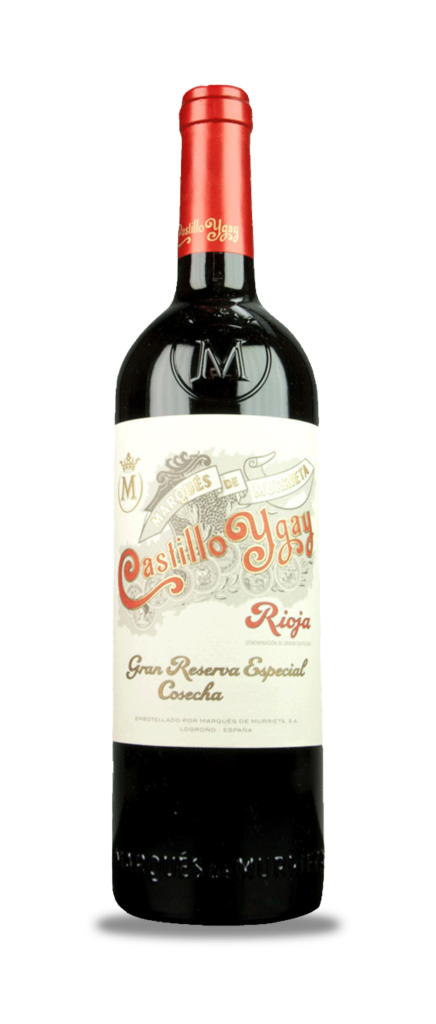
And finally, a budget-busting classic, the Castillo Ygay Gran Reserva 2010 (Petersham Cellars £275). Now, £275 is an awful lot of money for a bottle of wine, but this is a rare beast. Only mad in exceptional years and aged for five years in oak and a further five in bottle – sometimes even longer – this a wonderful curio. Showing none of its age, it’s bright red and youthfully intense. Medium-bodied, mouth-filling, creamy and exotic, there’s everything from blackcurrants and cherries to Asian spices, coffees, dark marmalade, and charcoal. It’s a great Rioja experience, at a price.
Well, that’s it for now. All this talk of Rioja has given me a thirst the size of CVNE’s barrel hall.
More soon!
Giles







